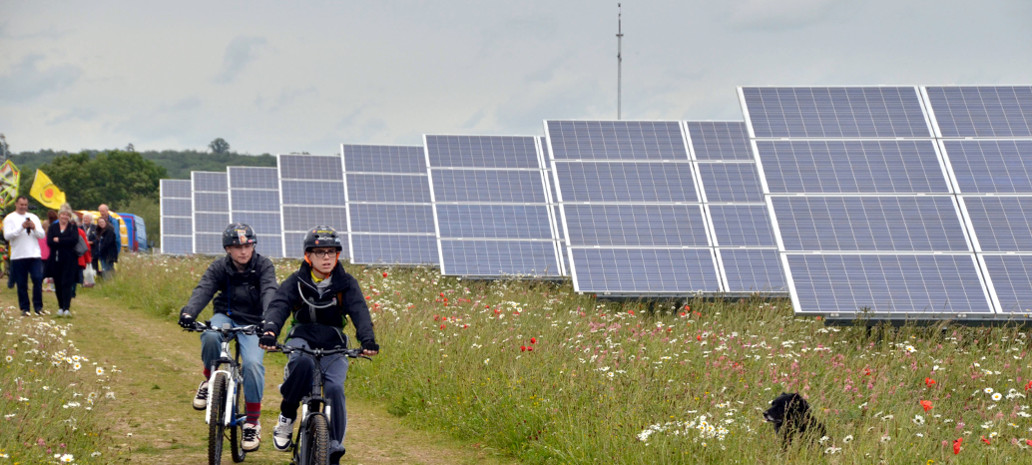Community solar has become a hot topic. It seems to do something for everyone: for developers and installers, it represents a way to serve customers who want to go solar but either rent or don’t have a suitable location or roof. And for utilities, it is a way to give customers the solar that they want, at a lower cost than paying for residential solar and while still staying in the transaction.
Despite all the buzz around community solar, the development of this segment has been slow. However, a recent report by the Smart Electric Power Association (SEPA), funded by the U.S. Department of Energy, shows community solar taking off in 2017. During 2017 387 MW of community solar projects were installed, more than doubling the cumulative capacity deployed to date.
This occurred as the larger U.S. solar market contracted, largely due to the hangover from the anticipated drop-down of the Investment Tax Credit in 2016.
Minnesota leads the pack
Much of this has been in a few leading states. SEPA’s Community Solar Program Design Models has found that community solar installed in Xcel’s service area in Minnesota reached 246 MW by the end of the year, or 1/3 of the capacity of community solar deployed to date. Add in 159 MW in the territories of Eversource and National Grid in Massachusetts, and these two states host more than half of the U.S. community solar capacity.
 This does not mean that other states are not investigating community solar; but more that such programs are often not as far along the development curve, or have smaller ambitions. At the time of publishing its report, SEPA found active community solar programs in the service areas of 228 utilities in 36 states.
This does not mean that other states are not investigating community solar; but more that such programs are often not as far along the development curve, or have smaller ambitions. At the time of publishing its report, SEPA found active community solar programs in the service areas of 228 utilities in 36 states.
It may be that the advantage of states such as Minnesota is that they have been working on this longer. Minnesota passed legislation enabling its community solar program in 2013, but did not install even its first megawatt until 2017.
SEPA notes that many of the community solar programs launched by utilities are small, with only 30% of programs having a capacity larger than 1 MW. In fact, it found that the community solar program in Xcel’s service area in Minnesota is larger than the combined total of more than 100 smallest programs.
Policy matters
It is important to note that utilities are not all willingly coming to community solar, and advocates blame Xcel for the slow start to the community solar program in Minnesota. And whether it is set by legislation or not, third parties administer many of the larger solar programs, particularly those in the territories of investor owned utilities.
 SEPA has also found that those programs administered by third parties tend to have lower costs than those run by utilities, particularly as regards billing costs.
SEPA has also found that those programs administered by third parties tend to have lower costs than those run by utilities, particularly as regards billing costs.
The report also notes a degree of correlation between deployed community solar and state policies. All three states that have installed more than 100 MW of community solar to date (Minnesota, Massachusetts and Colorado) have enabling policies, and all of these programs are administered by third parties.
However, there is also significant growth in Texas, Florida and a number of Plains States and Midwestern states that do not have enabling policies. In these states it is often utility cooperatives and public power entities that have taken the lead.

Growth anticipated
Community solar still represents a small portion of the overall solar market, however SEPA expects continued growth, at least in the near term. “Declining solar costs, increasing customer awareness of the business model, and the opening of new state markets by policy, will all contribute,” reads the report.
“Whether this growth continues in the long term after state renewable portfolio standards are met and the standard utility supply has a greater share of renewable generation, or after the most environmentally conscientious customers have already subscribed, is undetermined.”
The community solar program in at least one state supports the prognosis of near-term growth. According to data gathered by the Institute for Local Self-Reliance, Minnesota reached 335 MW of installed community solar in April, with another 345 MW in the design or construction phase.
This content is protected by copyright and may not be reused. If you want to cooperate with us and would like to reuse some of our content, please contact: editors@pv-magazine.com.



They seem to have no trouble installing polluting “community” fossil generators that are as big as train locomotive engines but they are making red tape on equally big solar installments . An average community solar farm is about equal to a community fossil generator. Those PV people are not doing anything to stop them at all. as if they are minding their own business.. actually community (commercial, agricultural, industrial, REIT, government) sized fossil generators are still outselling equally sized solar/wind farms 100 to 1. They are installing those community fossil generators quite haphazardly as to where to locate them in respect to air quality for people who live in homes too close to them as if they are targeting those people to suffer .. They seem to be active in searching out those helpless citizens who cannot fight back even with lack of lawyers because nearly all lawyers are not interested ! Not even the police!! even worse, there is no regulator with the jurisdiction to see that it be done properly. None whatsoever. This has to end or stop now!